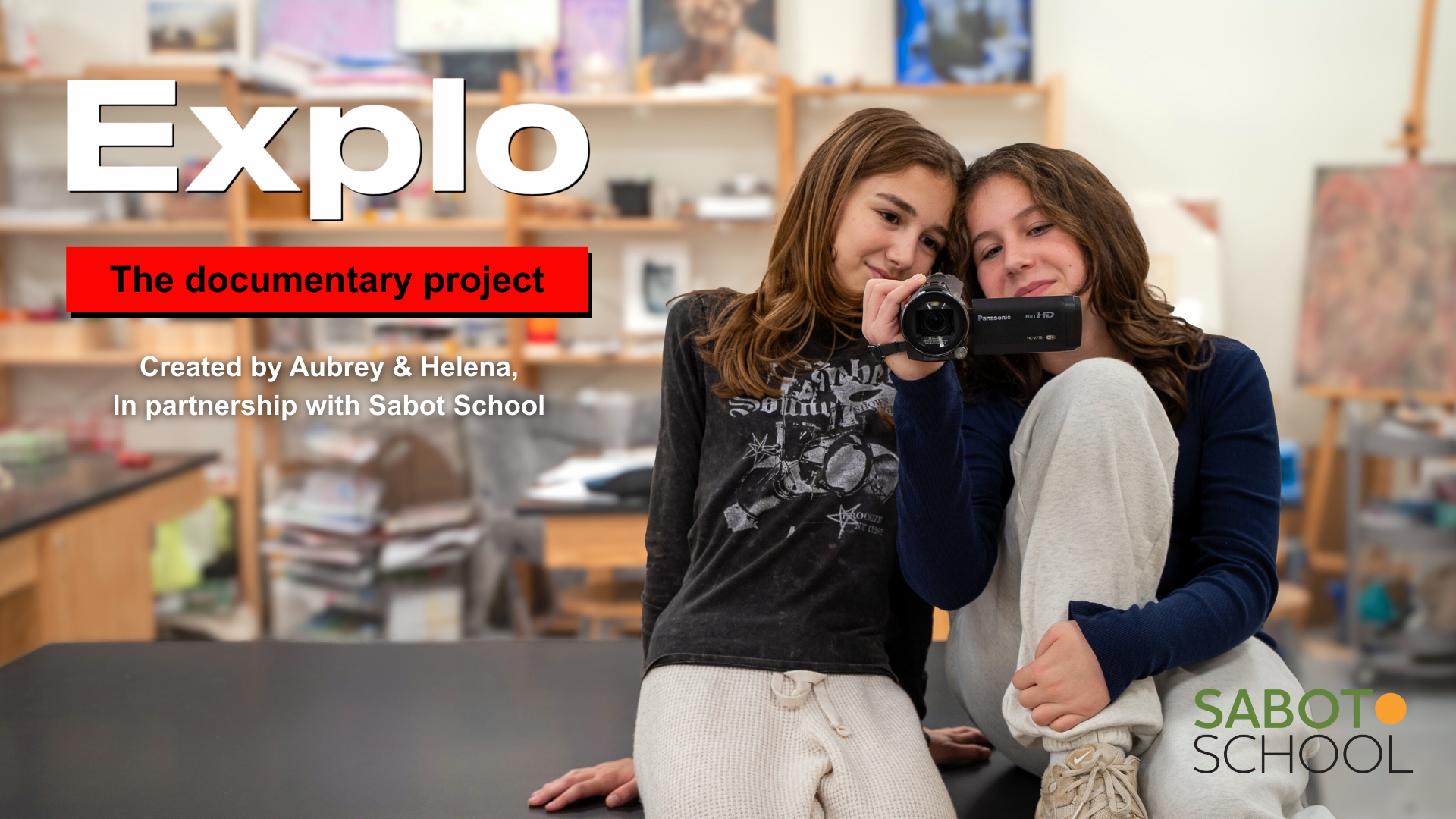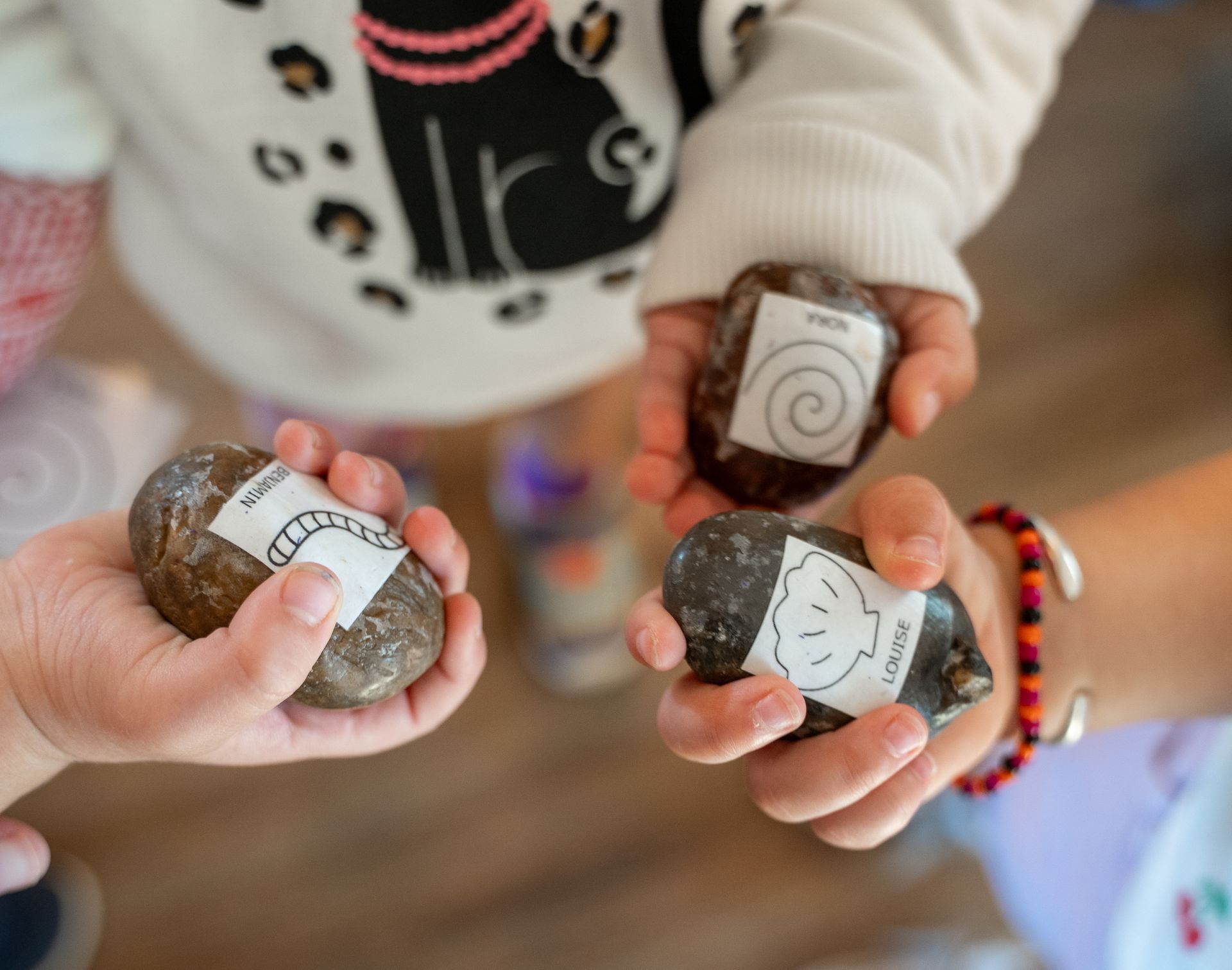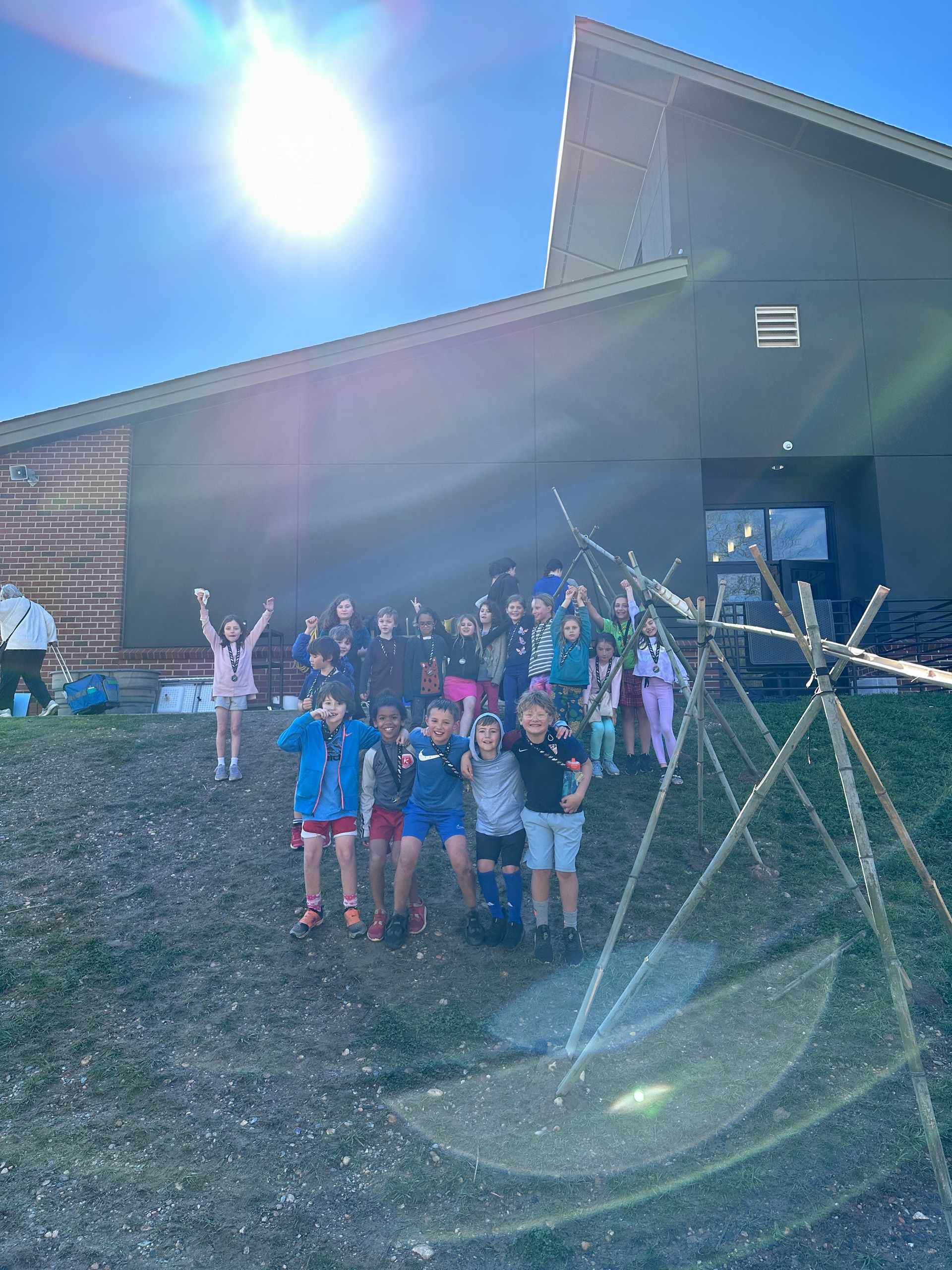Building Meaning Through Collaborative Investigation
By Melanie Nan, 4th Grade Teacher-Researcher
When we returned to school after an ice storm, 4th Grade found that two trees in the garden had fallen. The children immediately wanted to be around the trees, to climb them, sit in them, jump from them.
After reminiscing, students started noticing and asking questions. Why is the soil underneath the tree so wet and muddy? Did the tree release all the water and nutrients that were in its trunk? Is the tree dead? How do we know if a tree is dead?
The work that they are doing so beautifully reflects our pedagogy . One student’s question, “How do trees carry water and nutrients through their trunks?” was of interest to the class and was truly a collaborative investigation.
For a first provocation, students placed cut plants in colored water, giving them a way to see the science in action. They then theorized: Would the plant change color? Would just the flowers change color? Would the plant die?
The next morning, the children rushed to the window sill. “Wow” was heard over and over. At Sabot, aesthetics are so important to the students’ work. We find it beautiful when children see beauty in their work. A student submerged a flower into the water to see if that would cause the petals to change color. As he recorded his observations, he also notices the aesthetics of his work.



As is often the case, questions lead to more questions and after sharing ideas as to what was happening, the children chose to further their inquiry with new experiments. This enabled them to confirm a theory or to take their thinking further. When children are discussing their ideas with each other, it is often a good place to offer a vocabulary word to allow for easier communication. Xylem was one such word this week.
Question: “If I put the plant in different colored water will the flower change color?”
Theory: “I think it will change because the plant is pulling up the water through the stem.”Question: “If I pull all the xylem out of the plant will it still suck up water?”
Theory: “I don’t think it will because I think the xylem are the tubes for the water.”Question: “If I take off the stem, will the flower still change color?”
Theory: “It won’t because it needs the stem.”
After each set of experiments, the children are invited to share their work with each other. We chose the “gallery walk” where the children walk around the room to observe the drawings and read theories and results. This strategy allows all the children to share their findings in a low-stress way. It also gives everyone a chance to see ideas that match their own and also others that cause them to rethink or add to their own understanding. After the gallery walk and discussion, the children agreed that the plants sucked up the water through their xylem.
But still more questions: If the water is sucked up, how does it work?
“It gets sucked up like a straw.”
“In the middle of the flower underneath the petal is a ball. It is a vacuum, a pump. It has little tubes coming out of it and is hairy.”
“The sunlight helps pull the water up.”
“The air pulls it up, the smallest bit of suction.”
“Air goes into the tubes.”
What happens to the water after they suck it up?
“The water gets stored in the plant.”
“It stays in the leaves and the flowers.”
“It uses the water to make sugar to grow. They store the water until the fall.”
“Maybe the holly puts the sugar in the berries.”



We decide to investigate the question of what happens to the water that is sucked up through the stem. The children place plastic baggies over leaves and leave them overnight. The next day, they eagerly investigate the baggies. They notice the water straight away and also some notice that the baggies in the shade seem to have less water in them. This supports Eliza’s idea that the sunlight pulls the water up through the plant.
“The inside of the bag is moist.”
“The water has evaporated into the bag.”
“There is water in the bag – at first I thought it was dew.”
“Does the tree sweat?”
“So, the plant releases its water!”
The children have presented theories, conducted experiments, shared results, discussed findings, and as more questions arise, created further experiments. By slowing down to observe, dissect, and draw the children have come to understand how plants take in water and also what happens to that water after plants are finished with it. Their research is real and important. They are building meaning together.
The post Building Meaning Through Collaborative Investigation appeared first on Sabot at Stony Point.
SHARE THIS POST




















